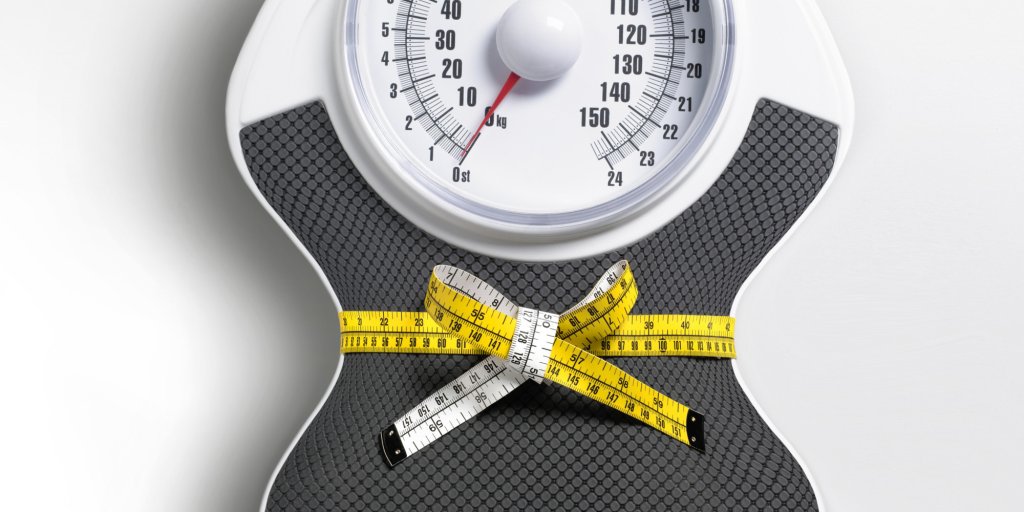
Introduction: What To Measure For Weight Loss
Weight loss is one of the most important things to measure in order to improve your health. It is important to track your weight, nutrition and exercise.
Some people are not aware that they should measure their weight, nutrition and exercise. Others don’t know how to measure them accurately. If you are not sure what you should be tracking, here’s a list of some ways that might help you:
- Weight: Body Fat Percentage (BFP), BMI Calculator, Body Mass Index (BMI)
- Nutrition: Calorie Intake Calculator, Nutrient Tracker, Food Diary
- Exercise: Calorie Burn Calculator
Measure Your Progress with These 5 Simple Tools
Using these tools, you can track your progress and see how much you have accomplished.
Weight loss tracker: This is a great tool to track your weight loss progress. You can input the number of pounds you want to lose and the amount of time that it will take for you to reach that goal. With this tool, you’ll be able to see how much weight you have lost in a week or month.
Fitness tracker: This tracker is designed for people who are interested in tracking their fitness progress. It allows users to set goals for themselves and track their achievements using the device’s built-in GPS function. The device also has a heart rate monitor, sleep tracker, and pedometer functions that make it easy for users to keep track of their health data as well as their physical activity levels.
Factors That Influence How Fast You Lose Weight When on a Diet
There are many factors that influence how fast you lose weight on a diet. Some of these factors are things that you can control, while others are out of your control. It is important to know what these factors are so that you can make the best decisions for your diet.
The following factors have been found to have a significant impact on how fast you lose weight when on a diet:
- Exercise levels
- Amount of calories consumed
- Calorie intake from food sources other than fat (carbohydrates and protein)
- How much water one drink
5 Best Apps for Tracking Progress and Losing Weight
With the help of these five apps, you can track your progress and lose weight.
Lose It: Lose It is a free app that helps you track your weight, calories, and exercise. You can also set goals and receive motivational tips for losing weight.
My Fitness Pal: My Fitness Pal is a free app that helps you track your food intake, monitor your exercise routine, and find healthy recipes. You can also connect with other people to share information about healthy eating habits.
MyNetDiary: MyNetDiary is a free app that helps you monitor your diet, moods, sleep patterns, and more. With this app’s smart features like daily reminders to drink water or add an activity to the day planner; it’s easy to stay on track with your fitness goals.

Lose It!: Lose It! is a free app that helps you track what you eat as well as how many calories are in each food item so
There are many apps that can help you track your progress and lose weight. But finding the right app for you might be a difficult task. Here are five of the best weight loss tracking apps that you can try out.
1. MyFitnessPal: This is one of the most popular weight loss apps on the market, with over 150 million users worldwide. It has a wealth of features, such as a food diary and exercise tracker, to help you monitor your progress and make healthy choices.
2. FitBit: This is one of the most widely-used fitness trackers on the market today, providing users with an activity tracker, sleep monitor, and other health-related features to help them stay active without having to buy additional fitness equipment or wearables.
3. Weight Watchers: Weight Watchers is a well-known diet plan that helps people lose weight by focusing on portion control and balanced nutrition through its PointsPlus program. They also offer many other features like
The Ultimate Guide to Using a Fitness Tracker & Why you Must
The ultimate guide to using a fitness tracker and why you must.
The fitness tracker is a personal device that you can use to track your steps, calories burned, distance traveled and sleep patterns. These devices have become very popular in recent years and are now used by people of all ages.
The best way to use a fitness tracker is to combine it with your daily routine. This will help you stay motivated enough to keep up with your goals.
Using a fitness tracker is an effective way of staying healthy, but it’s not always easy. With the right approach and motivation, you’ll be able to stick with it for the long haul!
Fitness trackers are a great way to keep track of your health and fitness. But, you need to be careful when choosing the right one for your needs.
This guide will help you make the right decision on what kind of fitness tracker to purchase. It will also give you some tips on how to use it effectively in order to get the most out of it.
FAQ
How do I measure myself for weight loss?
The idea of measuring oneself for weight loss is a common one. The issue here is that we don’t want to lose our weight and gain it back. We want to keep it off, but the way we do this is different.
What is the best predictor of weight loss?
Every diet is associated with great variation in weight-loss success, and adherence to the diet is the best predictor of success,” Donna H. Ryan, MD, professor emerita at Pennington Biomedical Research Center in Baton Rouge, Louisiana, told Healio.
What should be my waist size?
What should your waist measurement be? For men, a waist circumference below 94cm (37in) is ‘low risk’, 94102cm (.6in) is high risk and more than 88cm (34.6in) is very high.
How do you measure a woman’s body for weight loss?
Hips: Place the tape measure around the biggest part of your hips. Thighs: Measure around the biggest part of each thigh. Upper arm: Measure around the largest part of each arm above the elbow. Waist: Measure a half-inch above your belly button or at the smallest part of your waist.
What is the most accurate weight measurement?
2. Weigh yourself in the morning. When your weekly weigh-in rolls around, don’t hop on the scale after drinking a bottle of water or eating a meal. For the most accurate weight, weigh yourself first thing in the morning.
What is the perfect woman’s waist size?
For your best health, your waist should be less than 40 inches around for men, and less than 35 inches for women, although it may vary depending on race or ethnicity. If it’s larger than that, you may want to talk with your doctor about what your next steps are, including losing weight.
What is a healthy woman’s waist size?
31.5 inches
According to the Heart Foundation, a healthy waistline size is: 37 inches or less for men. 31.5 inches or less for women.
Is a 32 inch waist too big?
A woman’s health is at risk if her waist circumference is 32 inches or more. A measurement of 35 or more puts you at high risk for a heart attack or stroke. People with a high level of abdominal fat have a much higher chance of developing cardiovascular disease and type 2 diabetes.
What are the signs of losing belly fat?
10 signs you’re losing weight
- You’re not hungry all the time.
- Your sense of well-being improves.
- Your clothes fit differently.
- You’re noticing some muscle definition.
- Your body measurements are changing.
- Your chronic pain improves.
- You’re going to the bathroom more — or less — frequently.
- Your blood pressure is coming down.
Why am I heavier every morning?
- Your body measurements are changing.
- Your chronic pain improves.
- You’re going to the bathroom more — or less — frequently.
- Your blood pressure is coming down.
.
What time of day do you weigh the most?
first thing in the morning
You should step on the scale first thing in the morning. That’s when you’ll get your most accurate weight because your body has had the overnight hours to digest and process whatever you ate and drank the day before. And you should try to turn that step into a regular part of your routine.
Why are 5 pounds heavier at night?
“We can weigh 5, 6, 7 pounds more at night than we do first thing in the morning,” Hunnes says. Part of that is thanks to all the salt we consume throughout the day; the other part is that we may not have fully digested (and excreted) everything we at and drank that day yet.
How often should I take my measurements when losing weight?
(28) found that a BMI of 20 was considered the most attractive, while Swami et al. (29), and MacNeill and Best (30), found that an underweight body was most frequently selected.
Conclusion
Reducing your waist circumference keeps a food journal where you track your calories. Drink more water. Exercise at least 30 minutes, three times a week. More if possible. Eat more protein and fiber. Reduce your added sugar intake. Get more sleep. Reduce your stress.
